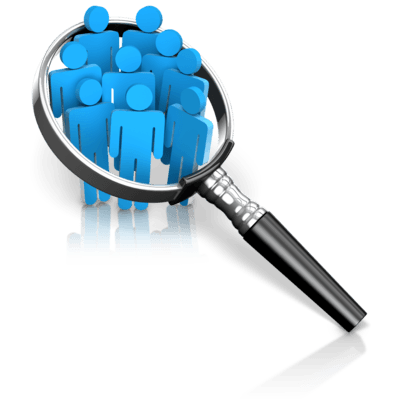A project manager does not possess all of the knowledge and skills necessary to deliver a project. Therefore, each project manager should engage the people and organizations that have interest in the project. In this article, let's talk about the benefits of a stakeholder register and how to develop one.
More...
Stakeholder Register Benefits
Projects are dynamic and stakeholders make things interesting. At any given time, an individual may exert their influence and help or harm your project.
How do we keep up with all these changing forces? The stakeholder register. A little time spent identifying, evaluating, and capturing stakeholder interest and concerns can pay big dividends. The register is particularly helpful when managing large projects and projects that are moving at a fast pace.
As we capture and assess the stakeholders, we can determine how to best use our limited time and budget. How and when should we use our interpersonal skills to engage and influence stakeholders?
The Elements of a Stakeholder Register
What should we include in the stakeholder register? Registers may include but not be limited to:
- Stakeholder Name
- Title
- Power. Is their power low or high?
- Influence. Is their influence low or high?
- Current engagement level. Are stakeholders unaware, resistant, neutral, supportive, or leading?
- Desired engagement level. What engagement level do you want for each stakeholder—unaware, resistant, neutral, supportive, or leading?
- Interests. What are their interest and needs?
- Concerns. What are their concerns?
When to Start the Stakeholder Analysis
So, when do we start identifying stakeholders? Day one. When I’m assigned a project, one of the first things that I do is start asking who may be impacted or who may impact this project. This helps me to identify participants for the project charter process.
Identifying Project Stakeholders
Some stakeholders are obvious—the project sponsor, the project team, project manager, and your customers. However, there may be unknown/unknown stakeholders. We don’t know they exist and we don’t know their potential impact.
How can we increase our chances of finding the unknown stakeholders?

Review stakeholder registers for similar current and past projects
- Ask your sponsor to help you identify stakeholders, particularly ones at the higher levels of your organization
- Talk with your project team to identify individuals and groups within the operational areas
- Ask subject matter experts
- Explore the vendors involved in the project
- Ask the janitor (you’d be surprised about what some people know)
Evaluating Project Stakeholders
Not all stakeholders are equal. We need to give more attention to some stakeholders and less to others. How do we determine this?
One simple technique is the Power/Influence grid where you group stakeholders based on their level of power (High/Low) and influence (High/Low). Project managers should carefully plan and execute their communication with the High Power/High Influence stakeholders.
Other stakeholder analysis tools include:
- Power/Interest Grid
- Influence/Impact Grid
- Salience Model (classifying stakeholders by power, urgency, and legitimacy)
Next Steps in Initiating Projects
Project managers can start their projects properly by doing two things. First, identify and evaluate your stakeholders. Seek to truly understand their needs and concerns. Second, engage the key stakeholders (e.g., high power / high interest stakeholders) in the project charter process. Discuss and reach agreement on the project charter elements such as project goals, deliverables, constraints, assumptions, exclusions, and top risks.
